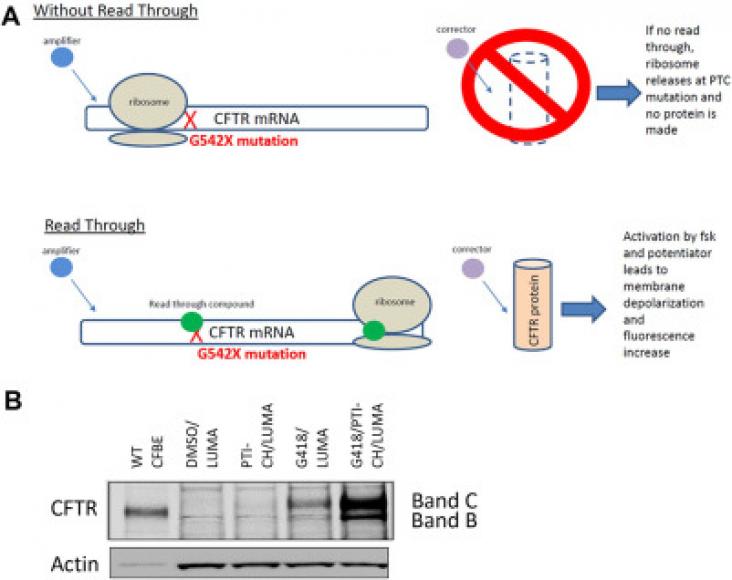This paper supports SDG 3 by analysing the current national action plans of ten ASEAN countries and their alignment with the Global Action Plan on antimicrobial resistance, highlighting five key themes: policy design, implementation tools, monitoring and evaluation, sustainability, and One Health engagement.

Building and Environment will host a series of free webinars on COVID-19 Control. The second webinar of the series will feature 2 presentations from experts in the field on the following topics: COVID-19 and indoor and outdoor sports, presented by Bert Blocken, Professor of Civil Engineering, Eindhoven University of Technology, the Netherlands & KU Leuven, Belgium. Efficient reduction of airborne transmission by advanced ventilation, presented by Arsen K. Melikov, Professor of Ventilation and Air Distribution, Technical University of Denmark, Denmark.
A call for research into how planetary health, specifically public health, is linked to climate change and how humans are changing the planet. Climate change and biodiversity loss are impacting human immunity and disease outbreaks
AMPK plays a key role in both diabetes mellitus (DM) and Alzheimer's disease (AD) - targeting this biomolecule and understanding the relationship with DM provides new hope for the treatment of AD

Cystic fibrosis (CF) is caused by a mutation of the Cystic Fibrosis Transmembrane Conductance Regulator (CFTR) gene, which disrupts an ion channel involved in hydration maintenance via anion homeostasis. Nearly 5% of CF patients possess one or more copies of the G542X allele, which results in a stop codon at residue 542, preventing full-length CFTR protein synthesis. Identifying small-molecule modulators of mutant CFTR biosynthesis that affect the readthrough of this and other premature termination codons to synthesize a fully functional CFTR protein represents a novel target area of drug discovery. We describe the implementation and integration for large-scale screening of a homogeneous, 1536-well functional G542X-CFTR readthrough assay. The assay uses HEK 293 cells engineered to overexpress the G542X-CFTR mutant, whose functional activity is monitored with a membrane potential dye. Cells are co-incubated with a CFTR amplifier and CFTR corrector to maximize mRNA levels and trafficking of CFTR to the cell surface. Compounds that allow translational readthrough and synthesis of functional CFTR chloride channels are reflected by changes in membrane potential in response to cAMP stimulation with forskolin and CFTR channel potentiation with genistein. Assay statistics yielded Z′ values of 0.69 ± 0.06. As further evidence of its suitability for high-throughput screening, we completed automated screening of approximately 666,000 compounds, identifying 7761 initial hits. Following secondary and tertiary assays, we identified 188 confirmed hit compounds with low and submicromolar potencies. Thus, this approach takes advantage of a phenotypic screen with high-throughput scalability to identify new small-molecule G542X-CFTR readthrough modulators.
An article on the long-term risk of dementia, in the context of SDG 3, focusing specifically on the association between dementia onset and reduced participation in cognitive and social activities.
This book chapter advances SDG #3 and #10 by providing therapeutic strategies that can be employed in clinical trials for AD in DS will be discussed as well as their underlying scientific rationale.
This book chapter advances SDG #3 and #10 by providing a brief history of PET imaging and the radiotracers that have had a significant impact for measuring the three signature AD-related neuropathologies related to AD and provides an overview of the research utilizing PET imaging in the DS population
This book chapter advances SDG #3 and #10 by discussing the advantages of performing genetic studies in people with DS, and then discussing the role of reported genes that are known to be associated with AD risk in adults with DS or in the general population. It also discusses how future longitudinal multiomic and imaging study can enhance our understanding of the biology of AD.
Elsevier,
Alzheimer’s Disease: Understanding Biomarkers, Big Data, and Therapy, Volume , 1 January 2021
This book chapter advances SDG #3 and #10 by discussing the operational aspects of deep learning solutions for Alzheimer’s disease, including the review of the advantages and limitations of using deep learning, and future directions on the applications of deep learning to Alzheimer’s disease.
